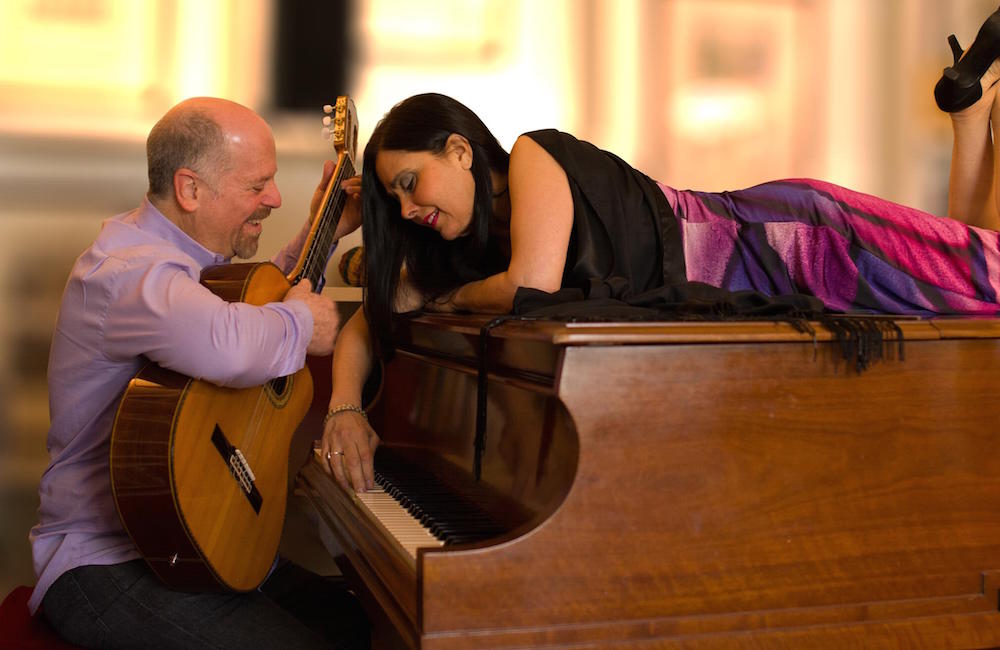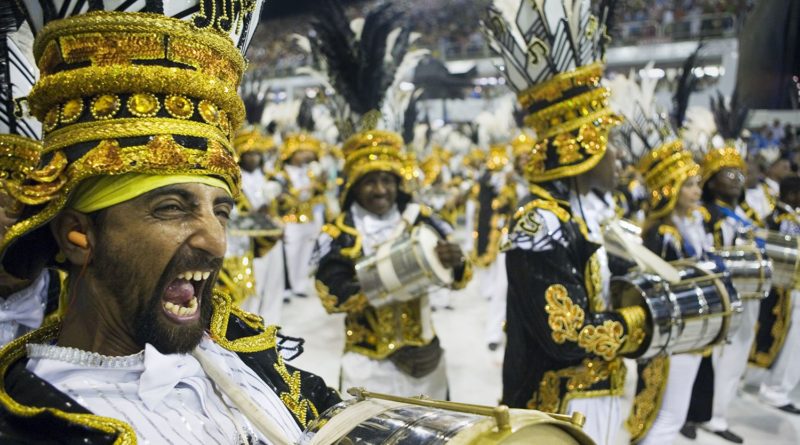There is more to the music of Brazil than the world-famous Samba and Bossa Nova. It is a rich, dynamic and diverse mix of global influences and traditional heritage of African, European and Amerindian forms developed over a span of 500 years.
As Chris McGown and Ricardo Passanha wrote in their book “The Brazilian Sound: Samba, Bossa Nova and the Popular Music of Brazil,” “Music is part of the Brazilian soul, and rhythm is in the way people speak, in the way they walk and in the way they play soccer.”
The earliest strains were played by the native people of the Brazilian rainforest using an array of instruments such as reed flutes, drums, horns and whistles. Brazilian music was formally instituted with the activities of Jesuit priests who founded settlements for the tribes with a musical-educational structure in the 1500s.

When the Portuguese came to Brazilian shores, they brought not only a wide variety of musical instruments but the tradition of holding religious festivals and pageants all set to music. From then on, it has grown and produced unique and original styles such as Frevo, Choro, Forro, Afoxes, Maracatu, Carimbo, Lambada, Brazilian rock and jazz and MPB or Musica Popular Brasileira.
Brazilian music has three essential properties: there is an inherent lyricism in the highly expressive melodies; lyrics that are written like poetry; and the vibrant, pulsating Afro-Brazilian rhythm almost always present in Brazilian songs. Some of the popular musical personalities that have come from Brazil include Antonio Carlos Jobim who spearheaded the Bossa Nova rage around the world, jazz fusion musicians Arto Moreira and Flora Purim and Carmen Miranda.

